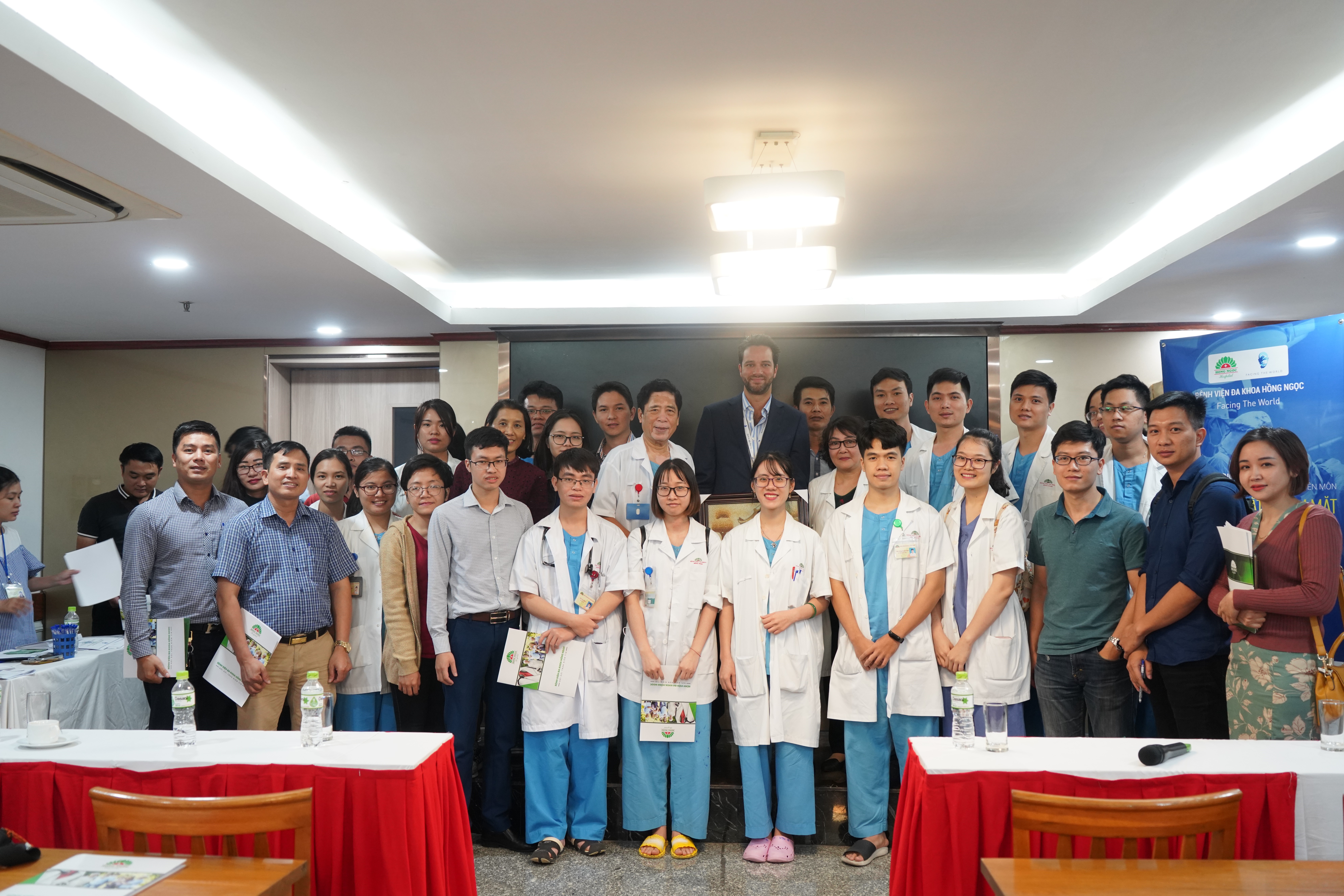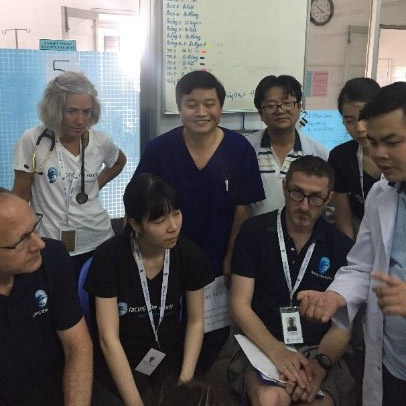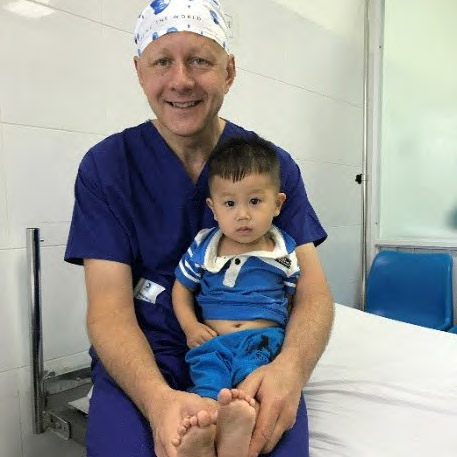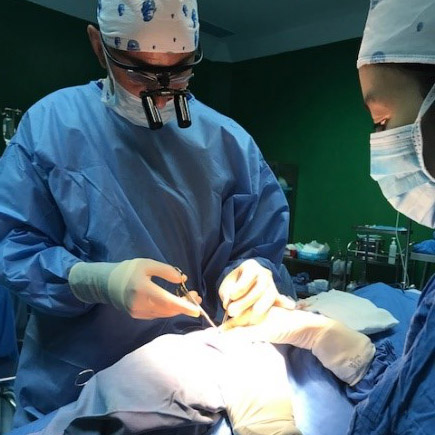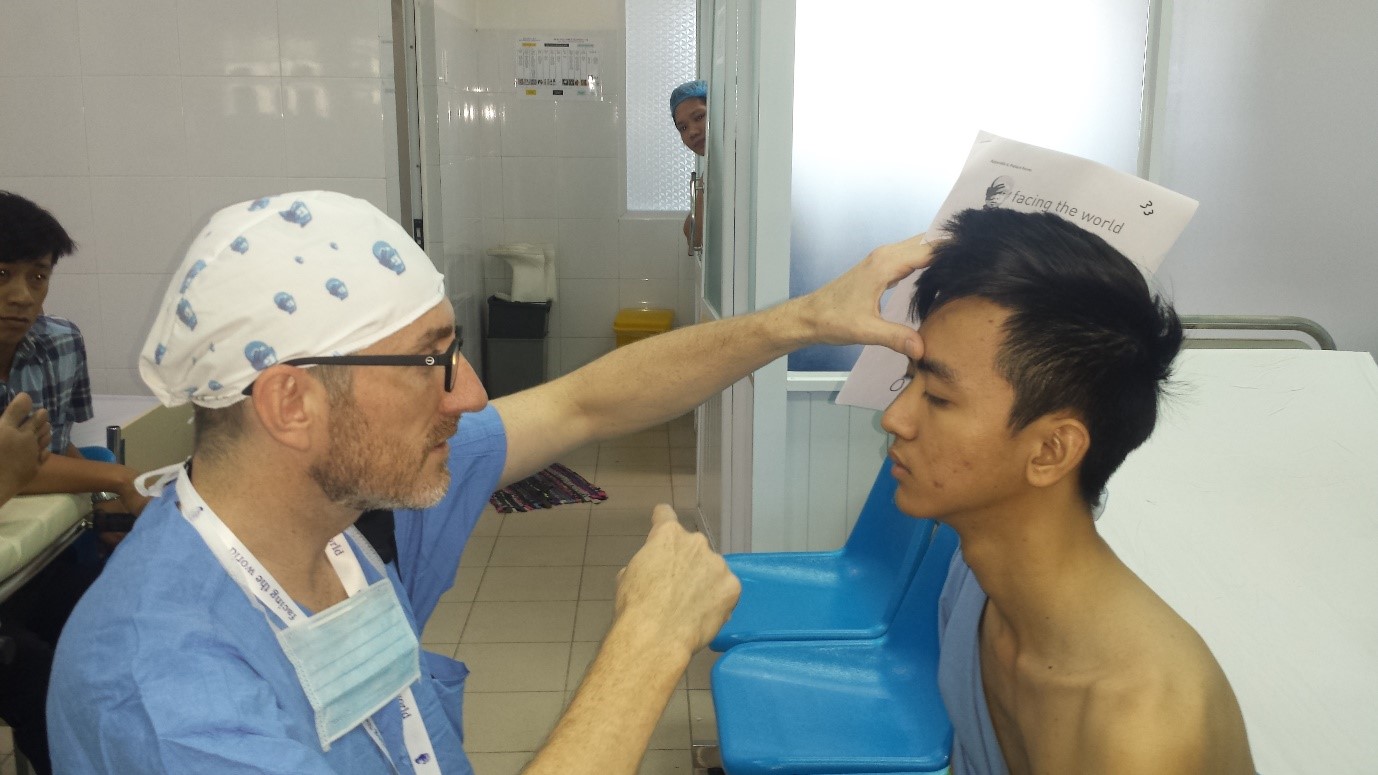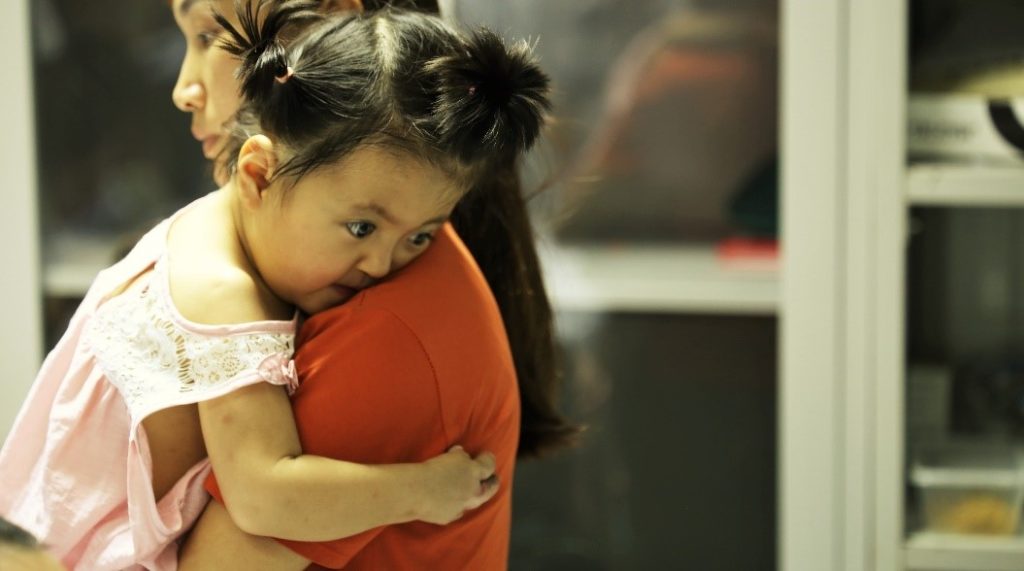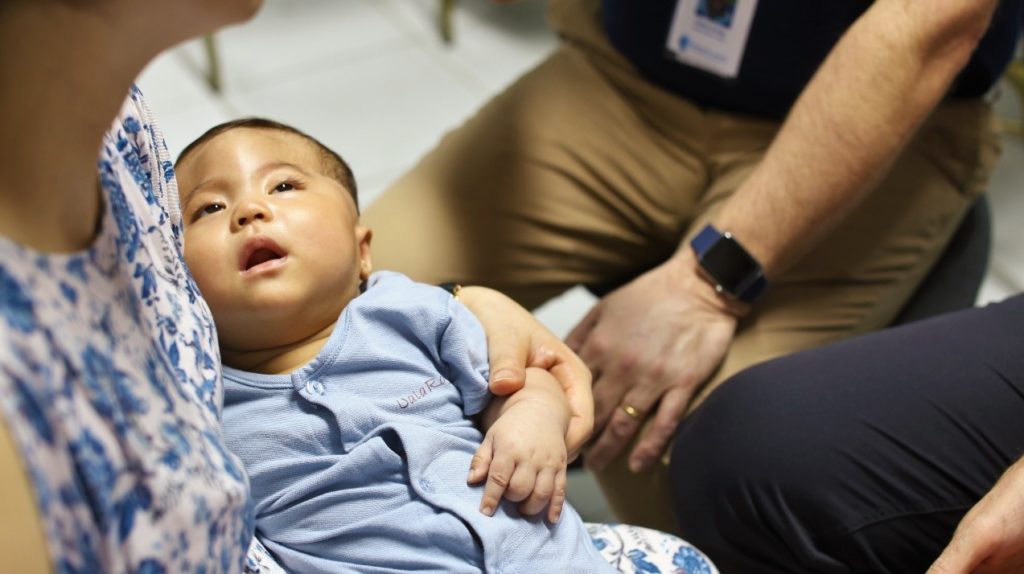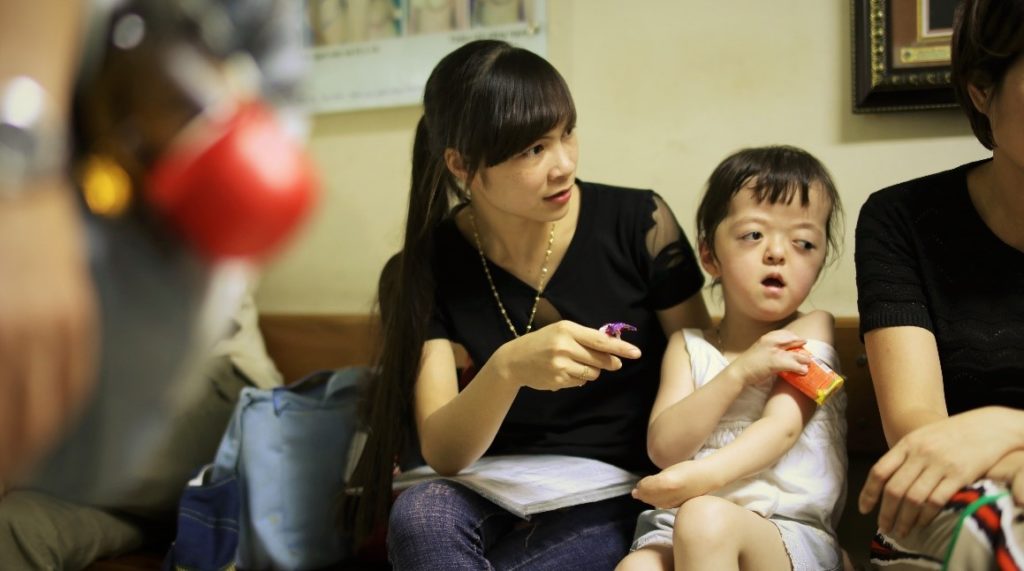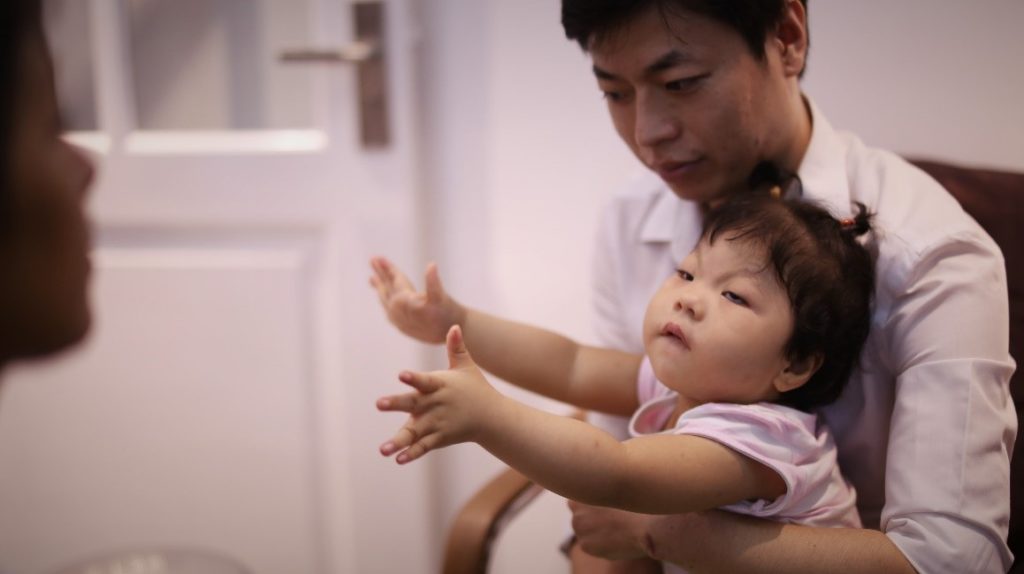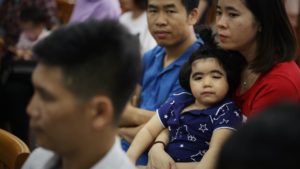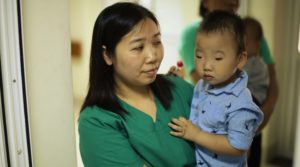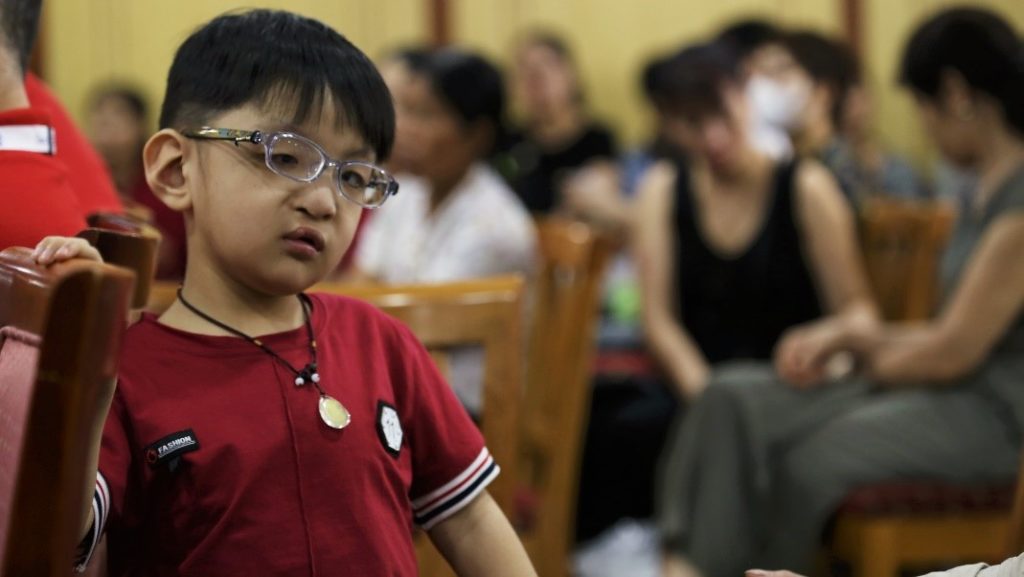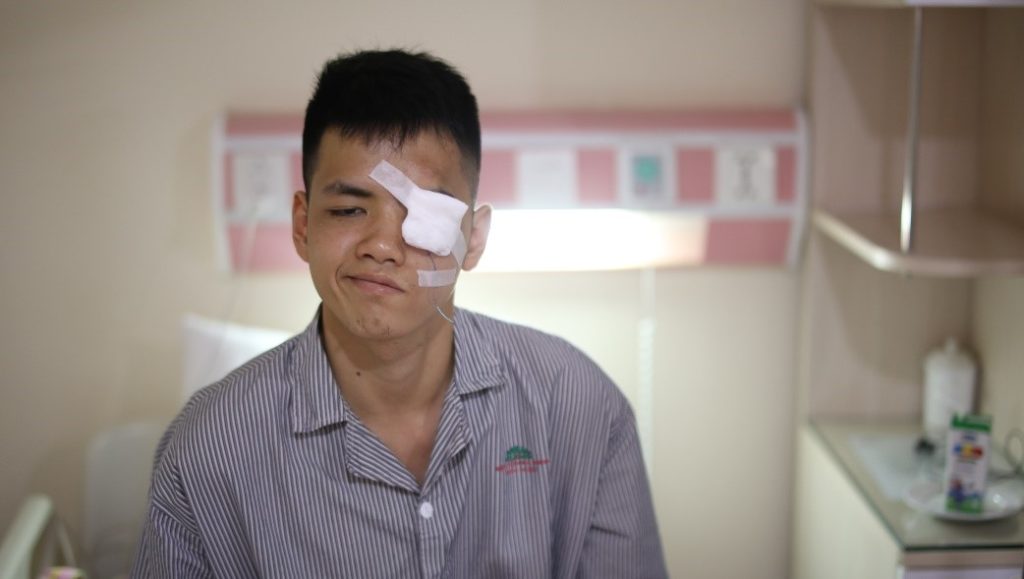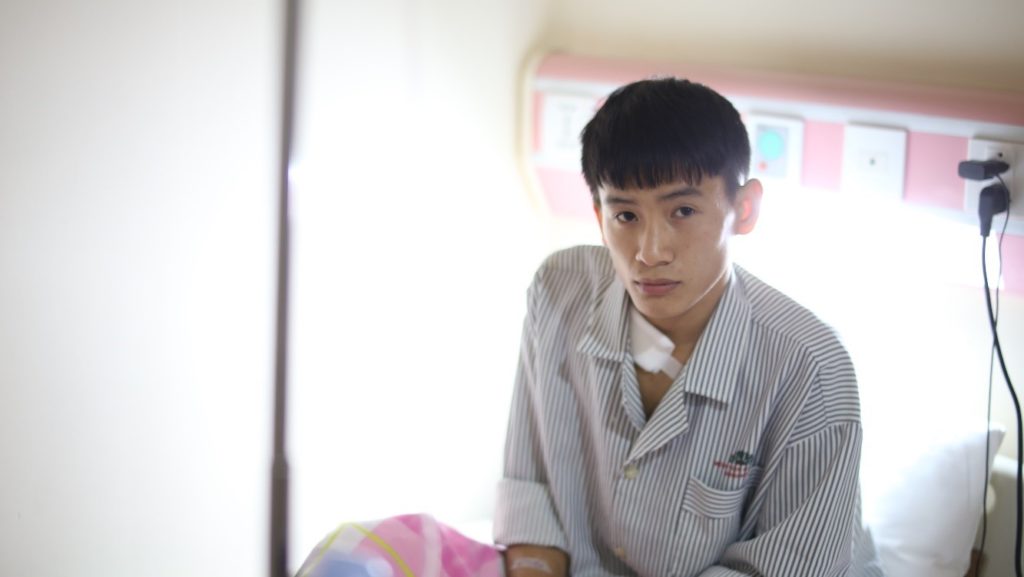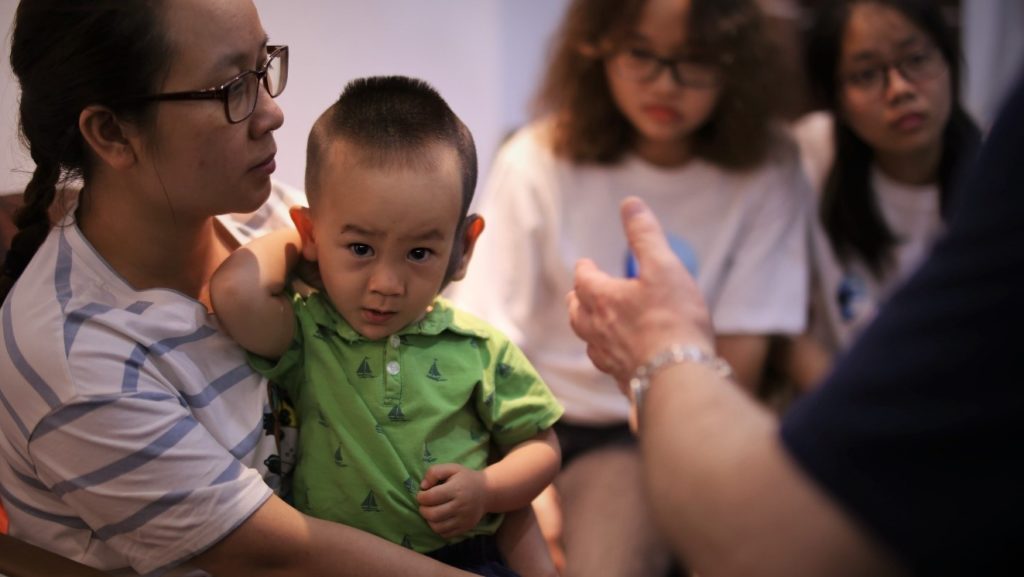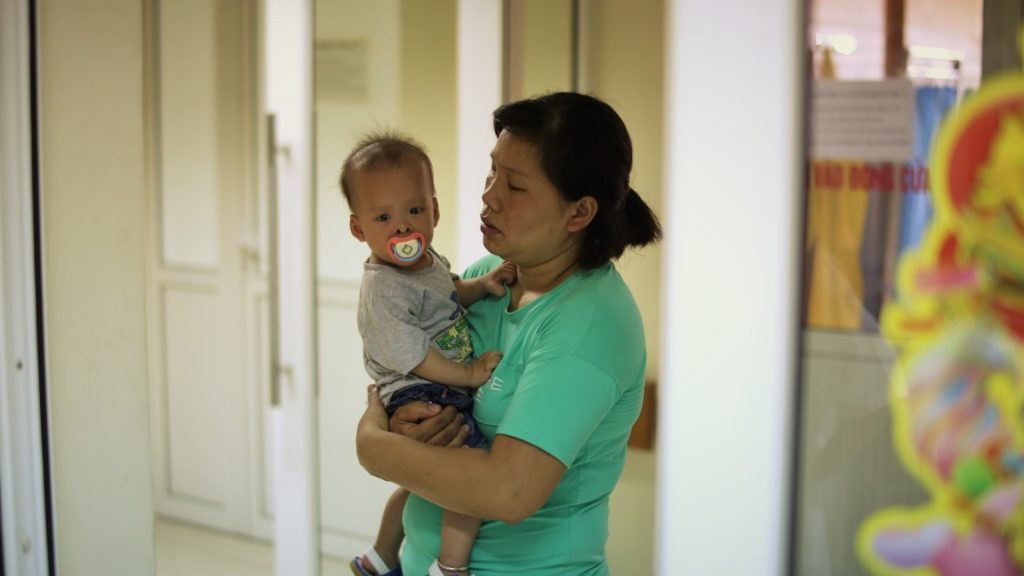Hanoi Mission October 2019
The third targeted Mission has been a great success. A team of three consultants from the UK, representing maxillofacial and oculoplastic surgery, assessed a total of 71 patients.
Treatment plans were put in place in collaboration with the Vietnamese surgeons. 15 patients were operated on throughout the week, at Hong Ngoc Hospital and Viet-Duc University Hospital.

This mission focused on the delivery and teaching of complex orbital and facial bone surgery for patients with severe congenital facial deformities, and on post-trauma reconstruction. In addition to this, further progress was made regarding the planning and provision of jaw realignment (orthognathic surgery) building on the work of the previous two maxillofacial missions.
In conjunction with the Vietnamese team, five orbital reconstructions were performed, including the preparation of sockets for eye prostheses, unblockage of tear drainage systems and management of a young child with acute orbital trauma (white-eye blow out fracture).
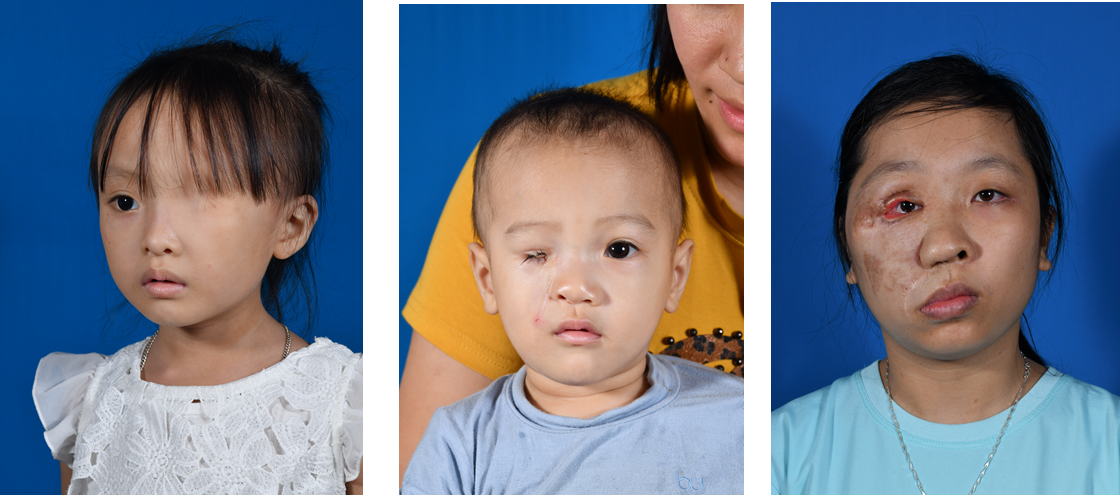
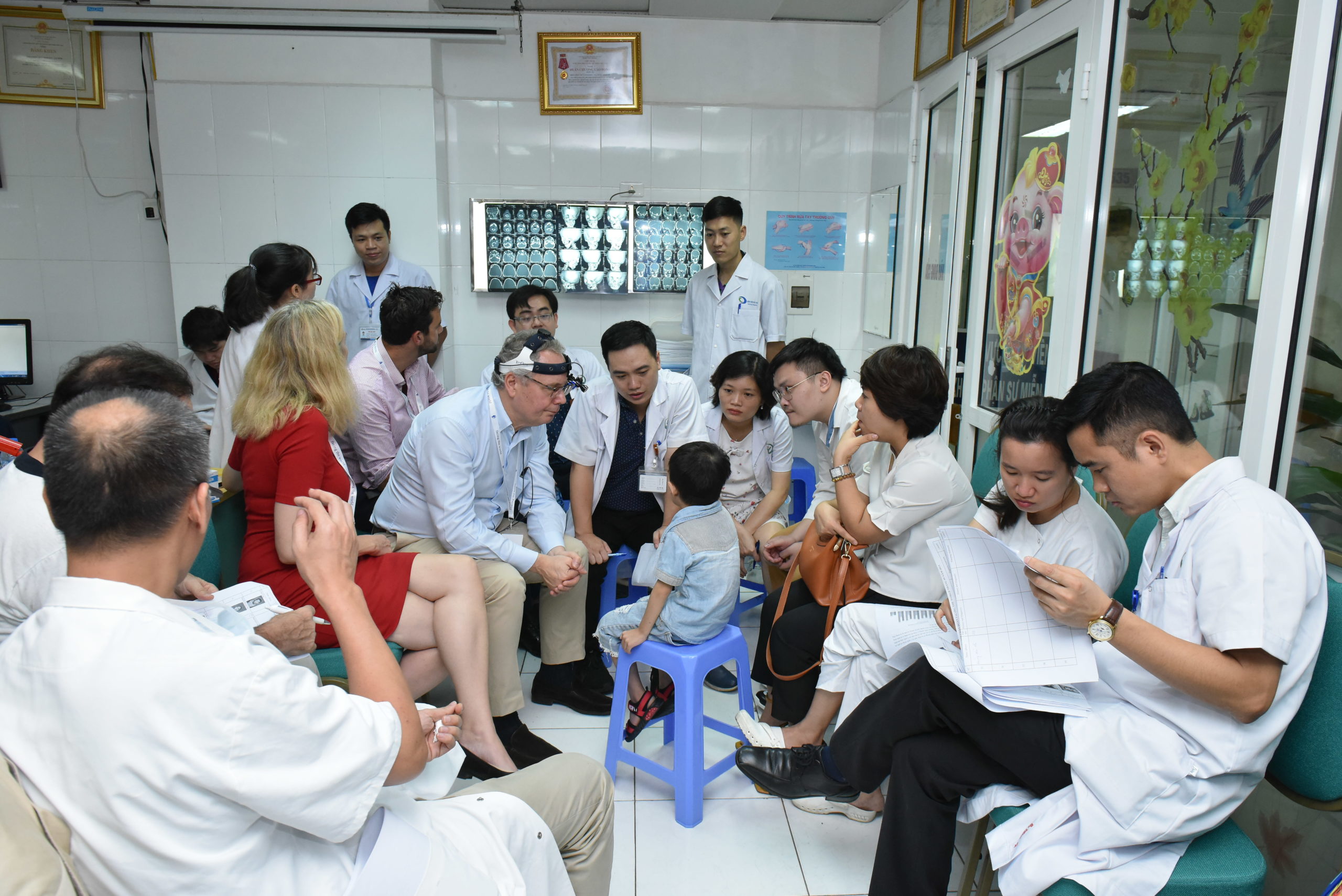
A complex facial asymmetry surgery was performed to correct a significant overgrowth of one side of the patient’s mandible. This was done in conjunction with the local orthodontists, providing an excellent opportunity for teaching and training.
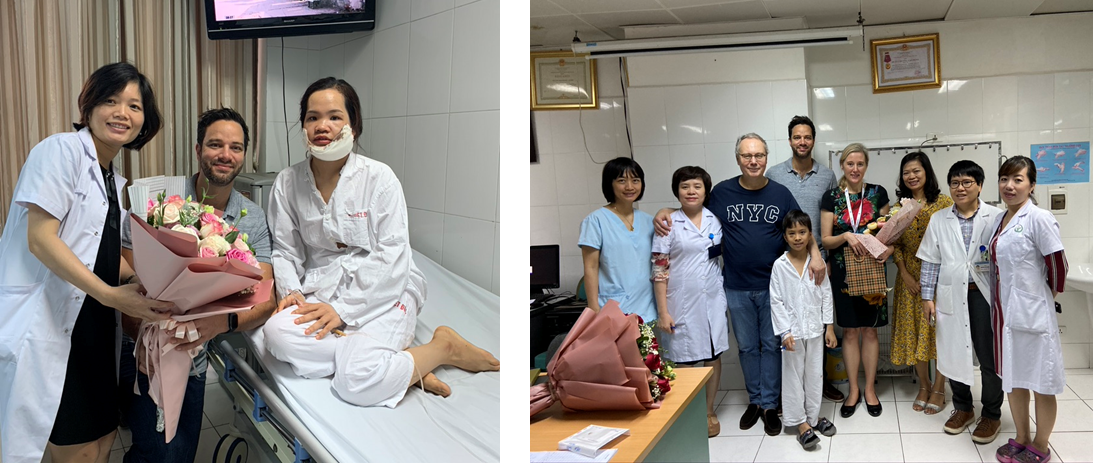
In addition, other operations were undertaken: removal of a large osteoma (bone tumor) within the frontal sinus, post traumatic nasal surgery, and post cancer resection nasal tip revision, as well as lower eyelid reconstruction and a mid face lift.

The mission’s purpose was to undertake cases which required multidisciplinary input to plan and treat complex orbital and orthognathic cases.
Teams of UK consultants and Vietnamese consultants carried out all operations.
The following conditions, were treated during the week:
- Facial clefting
- Hemi-mandibular hypertrophy
- Tear drainage problems
- Traumatic injuries to the eye and face
- Neurofibromatosis
- Sinus pathology
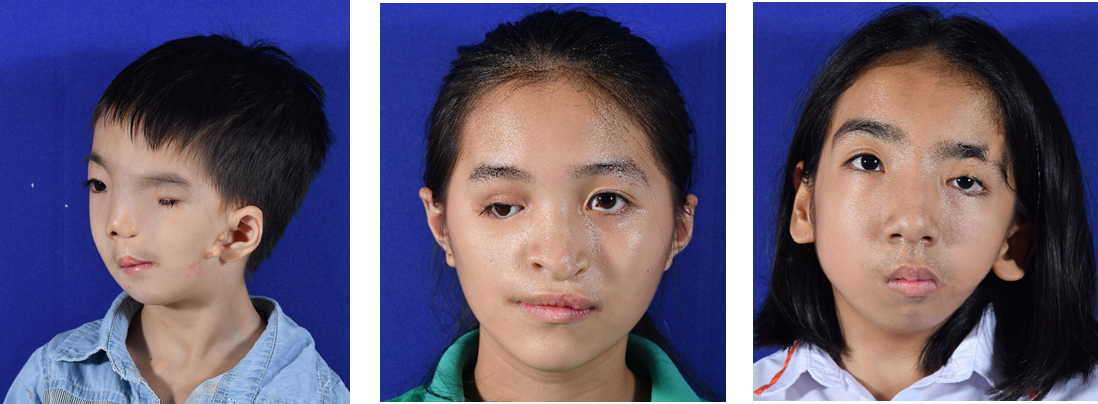
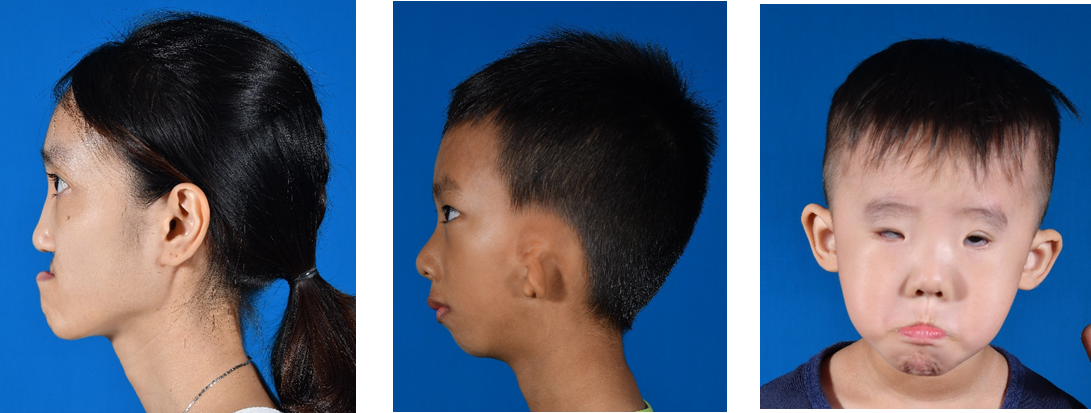
As part of the formal teaching program, each of the three FTW consultants delivered a 2 hour lecture at Hong Ngoc Hospital, on the following topics:
- Lecture 1: Applications of Patient Specific Planning in Maxillofacial Surgery by Mr Mehmet Manisali at Hong Ngoc Hospital
- Lecture 2: Orbital fracture repair complications and Lacrimal injuries and repair by Ms Sarah Osborne at Hong Ngoc Hospital
- Lecture 3: Augmentation techniques in Facial Surgery by Mr Jahrad Haq
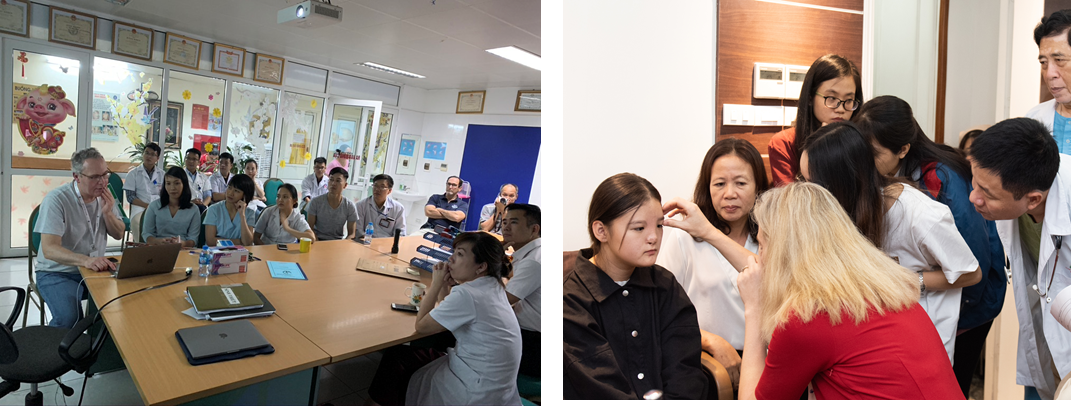
We are hugely appreciative of the support the charity received while in Vietnam from its partner hospitals, supporters and patron.
